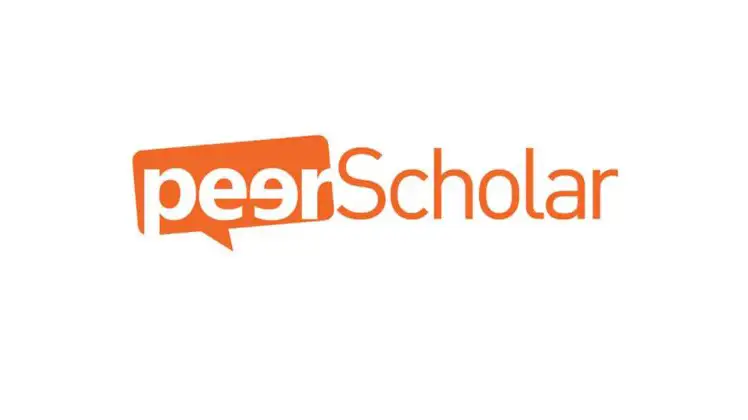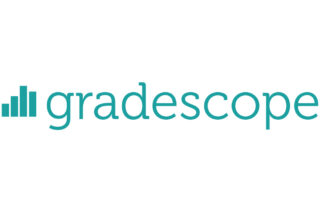peerScholar – Overview

peerScholar is currently the only tool available in Blackboard which will allow:
Students to submit work as a group or as individuals, and follow a peer assessment process which facilitates peer evaluation (qualitative feedback) and peer scoring.
What other peer assessment tools are currently available?
The other peer assessment tools currently available are:
- Turnitin Peermark (a Turnitin assignment feature). It allows staff to allocate submissions to another student for peer review.
- Buddycheck (a peer scoring tool). Students submit work via their usual submission process (e.g. Blackboard assignment, Turnitin assignment etc.) and complete a separate peer scoring process via Buddycheck.
Will peerScholar be available in Canvas?
peerScholar will be available in Canvas for the academic year 2024-2025. Canvas also has it’s own Peer Review assignment options. Therefore, at a future date, a decision will be taken on whether Canvas Peer Review meets our essential requirements for a Peer evaluation tool and whether there is a need to retain peerScholar. Any changes to the availability of the peerScholar tool will be communicated via the Teaching College newsletter.
What does peerScholar the process look like for my students?
peerScholar incorporates three main activities, which students work through sequentially. You can determine the dates that each phase opens and closes. You can also choose to switch off optional settings to customise your workflow.
Below is an overview of the different phases.
- Create phase where your students submit a piece of work.
- Assess phase:
- where your students assess their peers using pre-defined rubric items (which peerScholar refers to as assessments).
- Optional: You can require students to ‘self-assess’ during the assessment phase.
- Reflect phase: In this phase students see the feedback from their peers, and can reflect on that feedback in a number of ways:
- Optional: You can require students to respond to / assess their peers feedback.
- Optional: You can require students to revise and resubmit their work after viewing peer feedback.
In addition for Group assessments, you can ask group members to assess the contributions of other group members, by choosing Group member assessments. This option allows you to pose a series of questions for students to respond to, to rate / comment on themselves and other group members.
What type of rubric options can I use in peerScholar?
peerScholar refers to rubric items as ‘assessments’. There are 8 types of assessments available within peerScholar, that can be used by students during peer / self assessment and staff during grading. If you’re considering using this tool, we recommend having chat with the eLearning team to see whether your existing rubric will translate well into peerScholar.
How do I decide what type of activity to build?
peerScholar offers three types of activity.
- Classic Activity: Students submit work individually (e.g. one student, one submission) and give feedback to a random set of peers.
- Teamwork & Groupwork: Students work together as a group and submit a single submission as a group. During the assess phase, Peer feedback can be given collectively as a group, or individually.
- Case Study: A more flexible workflow. Students can be allocated to cases and will see different instructions in the create (submission) phase depending on the case they are allocated to. During the assess (peer review) stage, staff can choose whether students give peer feedback to peers who worked on the same case or a different case.
Check out peerScholars ‘Help Me Decide’ video (just under 7 minutes) which talks through the different activity types and a decision tree. You can also contact the eLearning team for advice.

